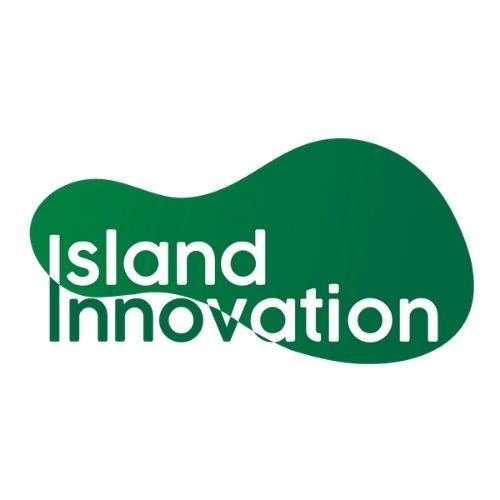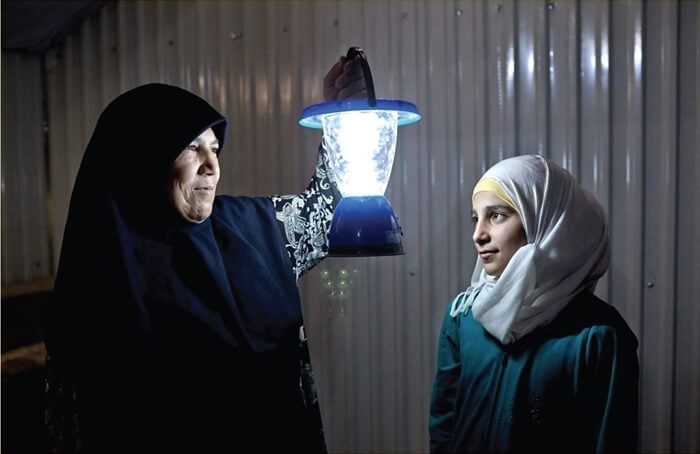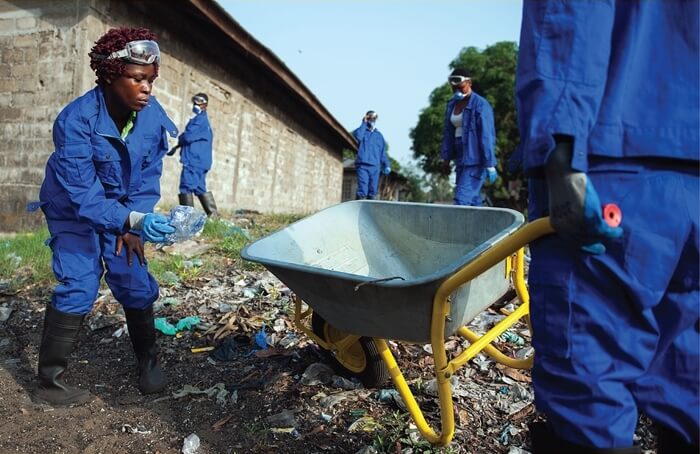Excerpt from UNCTAD
Small island nations are taking on water in the form of a vicious debt trap which damages their productivity and ability to recover from disasters and other structural constraints. UNCTAD warns the situation is unsustainable and requires urgent global attention.
In December 2020 Fiji was pounded by Pacific Cyclone Yasa, the years’ second category 5 storm which destroyed hundreds of buildings and caused about $1.4 billion in damage to health facilities, homes, schools, agriculture and infrastructure.
Yasa was yet another major tropical storm to devastate an island nation in 2020. Similarly, the Atlantic Ocean region saw its most active hurricane season on record.
Small island developing states (SIDS) experience the world’s highest frequency of natural disasters, among them hurricanes, cyclones and other violent storms which lead to severe flooding, and in the worst cases loss of life, homes and infrastructure.
In terms of economic impact, the most severe storm ever, calculated on a per capita basis, hit Dominica in 2017, causing damage equivalent to 280% of the island’s GDP, according to the Emergency Events Database (EM-DAT).
For small countries, the costs of post-disaster reconstruction can be exorbitant. On average, natural disasters cause damage equivalent to 2.1% of GDP every year in SIDS.
But they also face many other issues, like their small geographic size, remoteness from trade partners and international markets, and a lack of creditor trust, and economic diversification which compounds their ability to bounce back from disasters.

Island Innovation is a social enterprise and digital media company at the intersection of sustainable development and communications, offering specialised services across various sectors. We bring together the private sector, government, utilities, NGOs and universities to advance innovation for sustainability and prosperity in islands worldwide.















